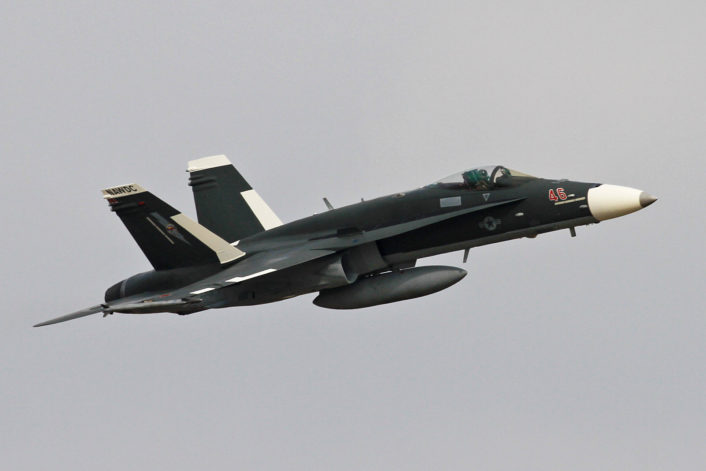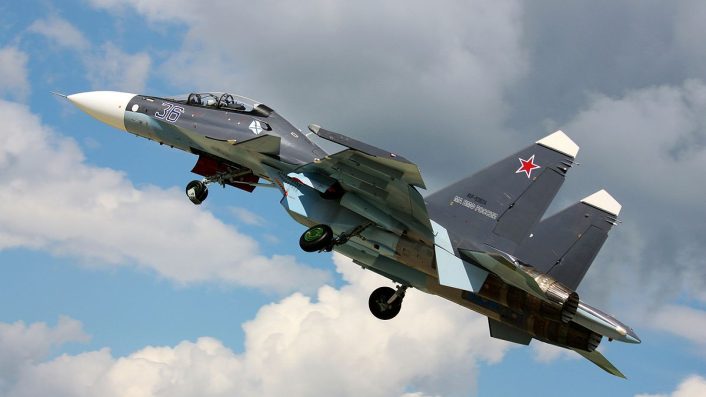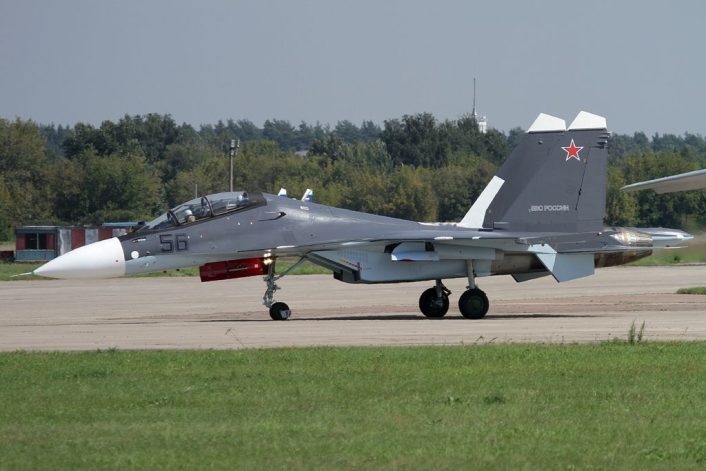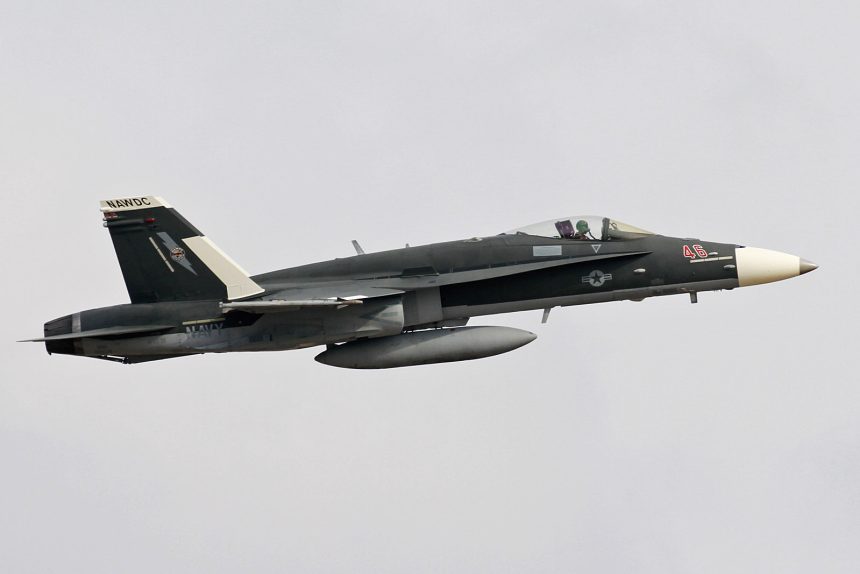A “Legacy Hornet” with the NAWDC (Naval Aviation Warfighting Development Center) sports a paint job clearly inspired by the Russian Su-30SM multirole Flanker-derivative.
As already explained, although the U.S. Navy has retired its last operational “Legacy Hornets” on Feb. 1, 2019, several F/A-18A+, C and D remain in service with both the U.S. Marine Corps and Navy squadrons, including VFC-12 from NAS Oceana and VFA-204 from NAS New Orleans Joint Reserve Base, the Blue Angels (that are transitioning to the Super Hornets) and the Naval Aviation Warfighting Development Center (NAWDC – pronounced NAW-DIK).
Based at NAS Fallon, Nevada, NAWDC “is the center of excellence for naval aviation training and tactics development. NAWDC provides service to aircrews, squadrons and air wings throughout the United States Navy through flight training, academic instructional classes, and direct operational and intelligence support. The command consists of more than 120 officers, 140 enlisted and 50 contract personnel. NAWDC flies and maintains F/A-18C/D Hornets, F/A-18E/F Super Hornets, E/A-18G Growlers, F-16 Fighting Falcons and MH-60S Seahawk helicopters.”
Interestingly, among the aircraft operated by NAWDC for their advanced combat warfare courses (including the 13-week “Topgun” course), there is also a “Legacy Hornet” (BuNo 164678/46 red) that was painted a dark grey paint job clearly inspired by the Russian Sukhoi Su-30SM Flanker color scheme.
The photos in this post were taken by our friend hawgwash04. They show the NAWDC F/A-18C departing NAS Forth Worth Joint Reserve Base on Feb. 5, 2019.

As you can see, the aircraft sports the same color, same white radome and same white stripes on the tails as the Russian Flanker-derivative 4++ Gen aircraft.

Paint schemes similar to their Russian counterparts are a distinguishing feature of U.S. Aggressors and Adversary jets whose liveries replicate the paint schemes, markings and insignas of their near peer adversaries, so that pilots in training who come within visual range of these adversary jets get the same sight they would see if they were engaging an actual threat.

The Su-30SM is a special variant of the thrust-vectoring Su-30MKI and MKM produced by the Irkut Corporation for the Russian Air Force. It’s a 4+ Generation twin-engine, two-seat supermanuverable multi-role aircraft equipped with improved avionics, Bars-R radar and a wide-angle HUD (Head Up Display). It has had its combat debut in the air war in Syria, where it mainly flew in air-to-air configuration, performing CAPs (Combat Air Patrols), providing some support to the strike packages going after the ground targets or escorting Tu-160 Blackjack and Tu-95 Bear bombers launching cruise missiles.









